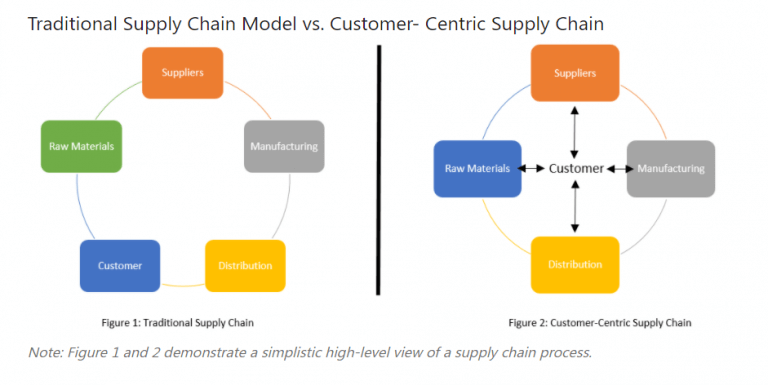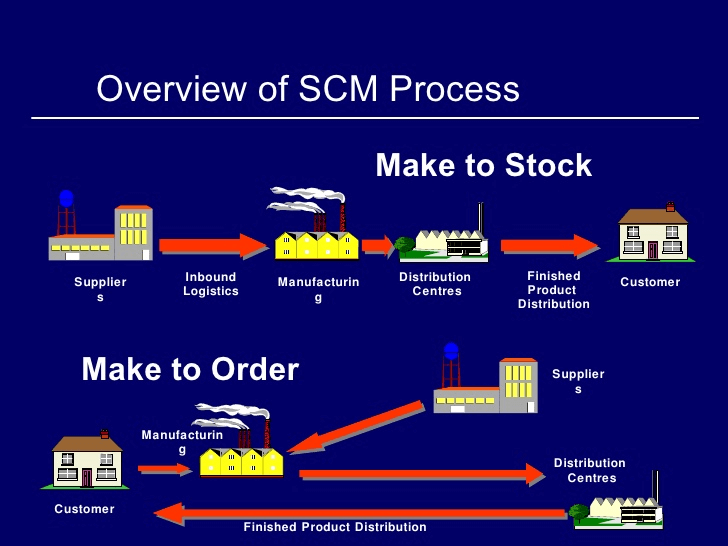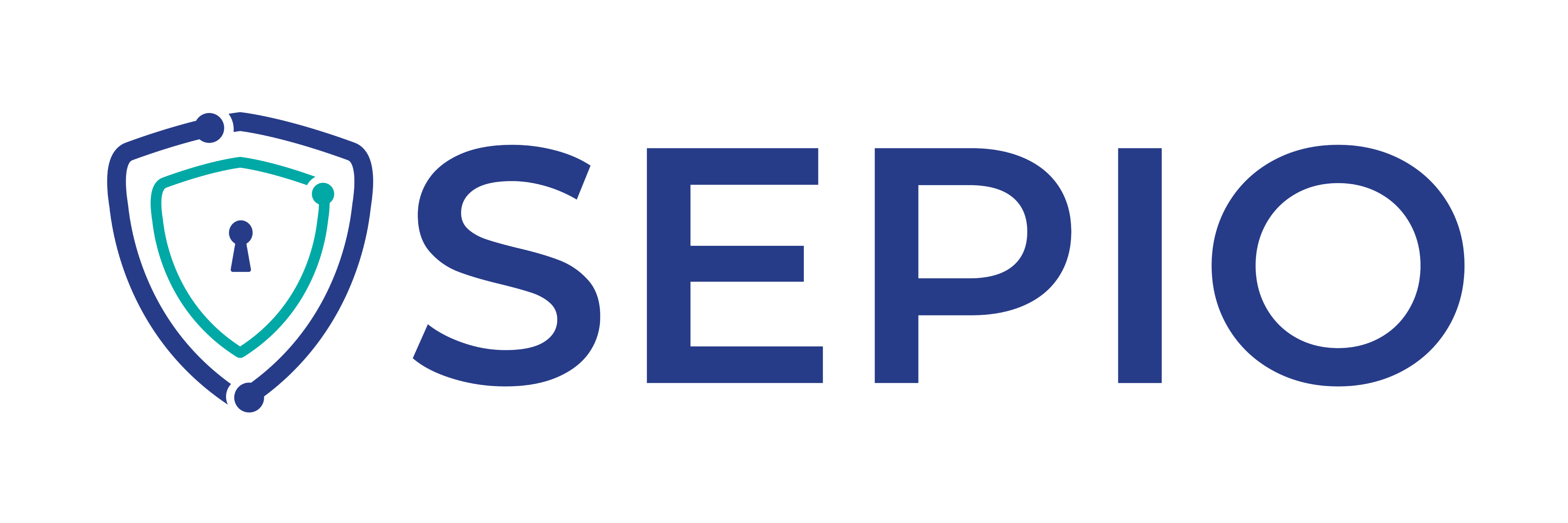What is a Consumer Centric Supply Chain?
COVID-19 has swiftly and visibly highlighted the critical importance of supply chains in enabling the customer experience. There have been large shifts in consumer behaviour across several markets. And the responsiveness of the supply chain has been a key factor causing a company to either gain or lose market share. A nimble, responsive supply chain starts with having data on your supply chain and even as we look at 2021, surveys indicate that over 70% of management do not have sufficient visibility into their supply chains.
At the same time, today’s customers want personalized services and fast delivery. Knowing your customers has become an important part of supply chain success. At the basic level, a client would expect that orders placed, would be fulfilled quickly, delivered on time and with no compromise on quality. Therefore, a true customer-centric supply chain initiative will need to go beyond the norm.

To become truly customer-centric, supply chain teams must partner and collaborate with marketing, sales and IT to ensure that customer requirements are built into the structure and metrics. The future-ready supply chain will focus on:
Micro-Segmentation
Knowing exactly who your customers are will highlight the true costs to serve and allow the supply chain to meet specific customer requirements. Under Micro-segmentation the supply chain can collect information of key points such as:
- Demographic Gender, marital status, age, income level and level of education.
- Geographical Location data, such as country, state, regional area, city and neighborhood.
- Psychographic Values, attitudes, beliefs based on social status, personality and lifestyle.
- Behavioral Loyalty to a brand, purchase history and purchase intent.
With the dawn of digitization and supply chain traceability, companies can now implement software solutions to track and trace their products and engage with consumers to gain insights on their persona. Micro segmentation along with a digital supply chain can help decisions about procurement, demand and supply planning and manage goods returns.
A digital or technology enabled supply chain can capture these key points and use it for not only making the supply chain process agile but also to meet consumer needs by making the process customized to language, current affairs and adapt the product to become more attractive to target consumers.
Macro Trends
Understanding the changing landscape of customer behavior has significantly reshaped organizational operations, specifically the supply chain. A decade back, consumers did not care about the product journey, buying off the shelf was preferred instead of any online portal and prices were not easily comparable. As consumers grow smarter and information is easily accessible, brands have become more cautious about how they source their raw material, where they store it, sustainable practices, anti-counterfeit solutions and more price controlled systems to match competition. All this can only be achieved with a strong digital supply chain operation.
Configure to Order

Understanding customers will allow organizations to predict trends and configure to order quickly and efficiently. By keeping inventory at the component level, customer orders can be filled quickly. On the other hand, postponing the final assembly until order arrival provides a high level of flexibility in terms of product variety, and also achieves resource pooling in terms of maximizing the usage of component inventory. Therefore, the new Configure to Order system appears to be an ideal business process model that provides both mass customization and a quick response time to order fulfillment.
Visibility
Internally, businesses need to have full visibility over their own fleet, inventory, warehouse and drivers. On the customer end, consumers today want to have full visibility over their deliveries. The various customer needs around features, availability, quality, value and variation are answered during the consumer interaction with the product. A strong consumer engagement channel to highlight product and drive sales is a reality with IoT (internet of things). A digital supply chain will enable supply chain traceability and anti-counterfeit solutions to get the best products to their consumers.
Developing a customer-centric supply chain is to translate the needs you have identified into changes you can make to the supply chain to focus on consumer buying behavior. These changes will be unique to every organization and hence it is important to understand your own consumer base and what their expectations from your product would be.
Connect with Sepio Products to digitize your supply chain by mailing at [email protected]

